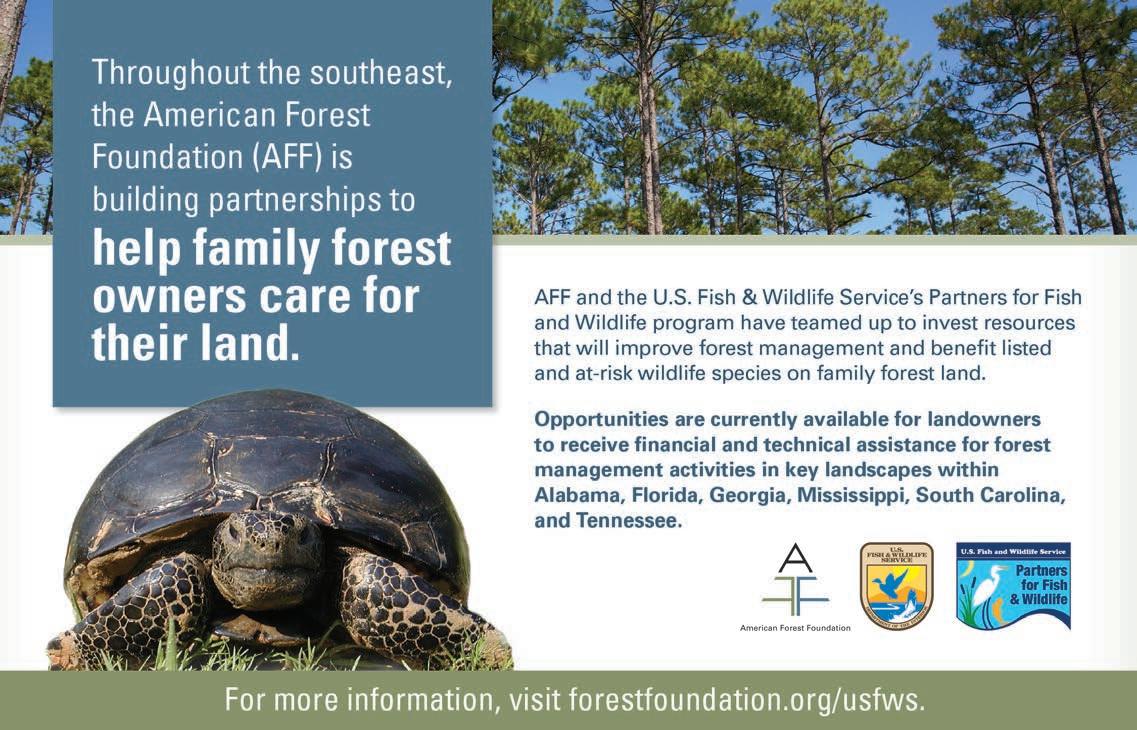Longleaf-Leader-Winter-2021.qxp_Layout 1 12/7/20 7:00 PM Page 11
WINDOW into WILDLIFE
Hummingbird clearwing moth Hemaris thysbe (Fabricius, 1775) Sphingidae Family
By Lisa Lord, The Longleaf Alliance
Hummingbird clearwing moth (Hemaris thysbe) on yellow thistle (Cirsium horridulum). Photo by Sharleen Johnson.
Description
Life Cycle
Hummingbird clearwing moths are members of the sphinx moth family (Sphingidae) which includes around 125 species in North America and over 1,400 species throughout the world. They are clever mimics and are frequently mistaken for hummingbirds because of their appearance and characteristic way of darting from flower to flower and hovering as they feed, much like a hummingbird. They are also occasionally mistaken for bees. These moths are 1-2” in length with thick, furry bodies. They have a greenish-yellow thorax, brownish-red abdomen, and white to yellowish forelegs. Their wings are clear with brownish-red borders and veins.
In the southern portion of the range the hummingbird clearwing moth has two broods (March-June and August-October). The pupae overwinter in the soil and emerge in early spring as adults. Eggs are laid under plant leaves and hatch in 7-10 days. Larvae will feed on viburnums, hawthorns, cherries, plums, and members of the Ericaceae family. They pupate after developing for approximately 4 weeks.
References Lotts, K. and Naberhaus, T. 2017. Hummingbird Clearwing Hemaris thysbe (Fabricius, 1775). Butterflies and Moths of North America. Tartaglia, E.S. and Handel, S.N. 2014. Nectar Plant Preferences of Hemaris (Sphingiae: Lepidoperta) on Cooccurring Native Cirsium and Non-native Centaurea (Asteraceae) Inflorences. Journal of Pollination Ecology, 13(19). 184-187pp. Wagner, D.L. 2005. Caterpillars of Eastern North America: A Guide to Identification and Natural History. Princeton University Press. Princeton, NJ. 268 pp. Wagner, D.L., Giles, V. Reardon, R.C. and McNamus, M.L. 1997. Caterpillars of Eastern Forests. U.S. Forest Service. FHTET-96-34. 15 pp.
Distribution and Habitat Hummingbird clearwing moths are found throughout much of the Eastern U.S., including all of the nine ‘longleaf states,” and portions of Canada. These diurnal pollinators often reside in places with abundant flowers such as meadows, forest edges, open woodlands, and cultivated gardens. They feed on a wide variety of flowering plants including milkweeds, goldenrods, asters, thistles, and penstemons.
[8]














